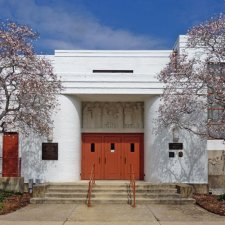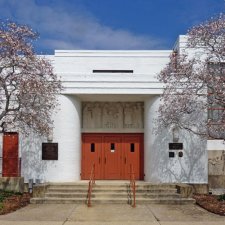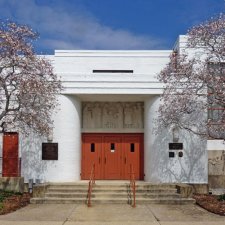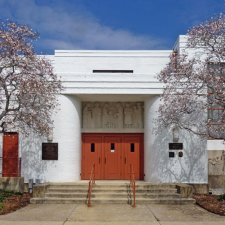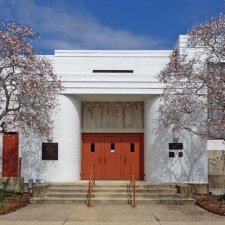Planning as a welfare project
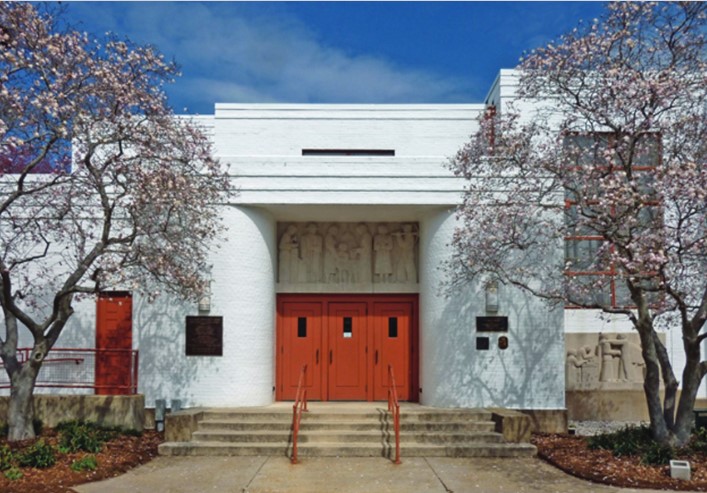
Descriptif
Colloque international (en anglais)
Planning as a welfare project.
Ideologies, models and representations between France, Northern Europe and Northern America
L’aménagement du territoire, un projet de société.
Idéologies, doctrines et représentations entre la France, le nord de l’Europe et l’Amérique du Nord
Organisation scientifique
Jean-Baptiste Minnaert (Sorbonne Université | Centre André-Chastel)
et Dorian Bianco (Sorbonne Université | Centre André-Chastel)
Colloque organisé en partenariat avec la Danish Arts Foundation, le Groupe d'aménagement volontaire et le Groupe d'études géopolitiques
La maîtrise de l’espace par l’homme est une histoire du temps long : les paysans évoqués par Marc Bloch la pratiquaient dès le XIe siècle lorsqu’ils essartaient la Beauce et la Champagne pour mettre en culture les sols. Mais c'est au XXe siècle que l'organisation du territoire fait l'objet d'une planification par les politiques d'État-Providence (Welfare State). On peut citer les Greenbelt towns américaines, le Town and country planning britannique et l’Aménagement du territoire français. L’urbanisme du XXe siècle a initié un remodelage volontaire des paysages orienté vers l’architecture du logement, l’accès aux infrastructures et la préservation des ressources naturelles. Le colloque international intitulé Planning as a welfare project invoque les méthodes de l’histoire de l’architecture, de l’urbanisme et de la photographie, ainsi que celles de l’histoire socio-culturelle, pour apporter un nouvel éclairage sur les modèles et les représentations de l’aménagement en France, dans les pays d'Europe septentrionale et occidentale et en Amérique du Nord.
The control of space-making by mankind has a long history, if we think of Marc Bloch citing the 11th century peasants from the Beauce to the Champagne clearing the woods to plough the soils. But it is during the 20th century that the organisation of the territory became a model of spatial planning informed by the policies of the welfare states. We can mention the American Greenbelt Towns, the British Town and country planning and the French Aménagement du territoire. 20th century urban planning has initiated a voluntary remodelling of landscapes that focused on the architecture of dwellings, the access to infrastructures and the preservation of natural resources. The international colloquium entitled Planning as a welfare project addresses architectural and planning history, photographic history along with socio-cultural history in order to shed a new light on the models and the representations of welfare planning between France, North-Western Europe and Northern America.
Vidéos
Planning as a welfare project - Session 4: Representations of Welfare and critiques of planning - C…
Session 4: Representations of Welfare and critiques of planning
Planning as a welfare project - Session 3: Welfare planning in France: models and realisations
Session 3: Welfare planning in France: models and realisations Modérateur : Stéphane Gaessler Benoît Pouvreau (Service du patrimoine culturel de Seine-Saint-Denis) Pas d'enregistrement de
Planning as a welfare project - Session 2: Architecture and Welfare planning: an international appr…
Session 2: Architecture and Welfare planning: an international approach
Planning as a welfare project - Session 1: The making of Welfare: concepts and politics
Session 1 : The making of Welfare: concepts and politics
Planning as a welfare project - Introduction
Ouverture par Jean-Baptiste Minnaert Dorian Bianco, Introduction
Intervenants et intervenantes
Professeur d’histoire de l’art contemporain, spécialiste d'architecture. En poste à Sorbonne université (en 2022)
Écrit aussi en anglais
Doctorante au Centre André Chastel - Laboratoire de recherche en histoire de l'art (2021)
Historienne de la photographie. A obtenu un doctorat de l'École pratique des hautes études (Histoires, textes et documents)
Doctorant au Centre André Chastel, Laboratoire de Recherche en histoire de l'air (
Historien de l'art. Chercheur au Centre André-Chastel (Sorbonne Université) (2021)
Architecte. - Enseignant et chercheur à la Faculty of Architecture, Delft University of Technology
Chercheur au Centre danois d’histoire urbaine, Université d’Aarhus (2021)


